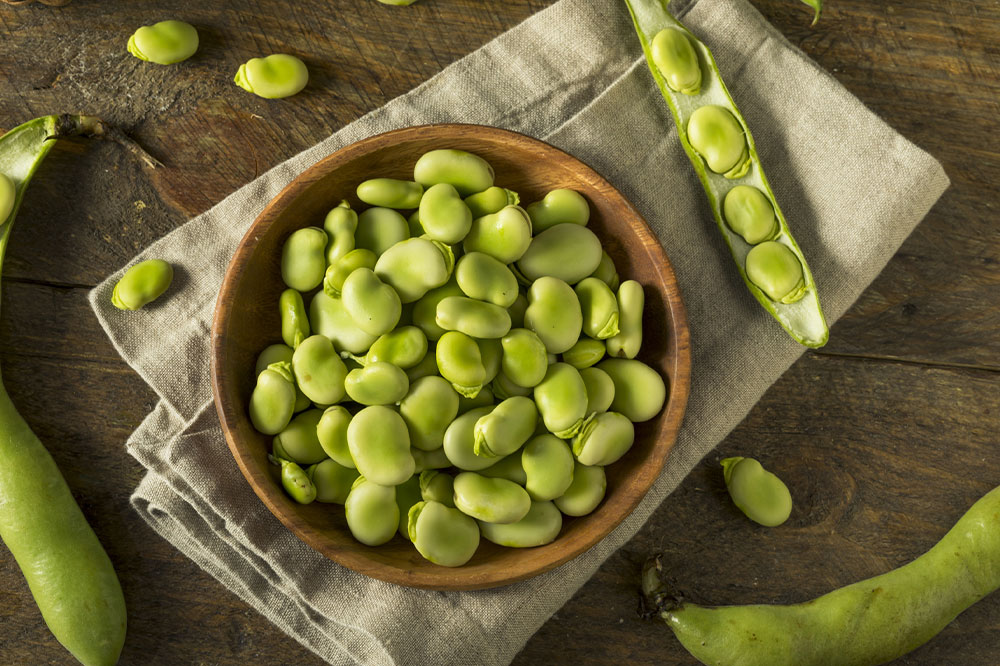Eating Habits That Help Manage Parkinson’s Disease

Parkinson’s disease is a brain disorder leading to complications, including uncontrollable movements like stiffness or shaking, which can cause balance and coordination difficulties in an individual. Symptoms of this condition take time and develop gradually but worsen with time. It may reach a point where the patient may have difficulty walking and talking, and swallowing food. As a caregiver, it is crucial to know how to make eating easier and the right foods to introduce.
Patience is the key
When caring for those with Parkinson’s disease, it is necessary to know that patience is paramount and that taking it slow is the anthem of caregiving. Since the disease affects brain activity, it leads to movements getting slower and slower by the day, including walking, talking, and even eating. Chewing needs the use of muscles, and this activity can become frustrating with difficulty in controlling muscles. So give the patient time and be aware of their eating routine. If it helps, you can encourage smaller meals frequently rather than three big meals throughout the day. It may help them get adequate nutrition and not frustrate them with one activity for too long.
Noticing the swallowing patterns
Since chewing and swallowing become difficult with Parkinson’s disease, it is also necessary to keep a tab on any changes in eating habits over time. If you notice your loved ones facing difficulty swallowing, then it is time to speak to a speech-language pathologist (SLP) who can assess the risk of dysphagia or aspiration, referred to when the food goes down the wrong pipe and enters the lung. The specialist will do a series of tests to understand muscle strength and suggests specific exercises that may help improve swallowing. They may also suggest some foods that are safe and unsafe during this period.
Extra care with liquids
As unusual as it may seem, solid foods are not as significant a threat as liquid foods. It is because the latter can quickly enter the airway and reach the lungs, leading to complications like pneumonia. It is usually advised that if any soup is given, make it thick rather than just watery. Adding thickening agents like cornstarch or potato starch can be extremely useful. Even gelatin can be added to some foods.
Avoiding dry foods
Those with dysphagia can have trouble swallowing very dry foods. It will include biscuits, chips, toast, and even crusty bread. Experts usually advise that these dry foods should be moistened with a liquid to make it easier for them to slide down the food pipe. Use fluids like gravy, milk, broth, or syrup to soften the food. It is also advised to always cut the vegetables as small as an inch or smaller to make them easy to slide down the food pipe, and they should always be cooked till tender. Ensure that there is no snacking while lying down to avoid choking.
Handling paranoia
Parkinson’s psychosis can lead to hallucinations and paranoia. It is observed that many patients with this disease develop false beliefs or negative thoughts, which may also affect their eating patterns. For example, one might worry that their food is poisoned by someone and refuse to eat anything. One of the ways to handle such situations is not to argue or invalidate what they feel but to redirect the person instead. Divert them to a different activity, delay food time a little, if necessary, and then try again. Arguing with the person will only lead to more agitation and make the situation even more difficult. Another complication that arises is that of hallucinations. For example, patients may start hallucinating about deceased family members at the dinner table and insist on having dinner with them. Experts suggest that instead of brushing off this behavior, encourage them to say hello (some studies prove that this often leads to the hallucination disappearing, bringing the person back to reality) and then continue with their dinner.
Adaptive kitchen tools
Since muscles are not in control, a simple task like eating food without shaky hands can be frustrating and overwhelming for patients. If the tremors persist for a long time, it is often advised to invest in kitchen tools to make eating easier. It includes buying weighted utensils or utensils with a stabilizing handle. Placing plate guards or non-slip material under the utensils like plates and bowls can be helpful while spooning food.
Safe food choices
According to experts, a Mediterranean meal plan is recommended for those diagnosed with the disorder. This nutritional regime is based on the traditional food habits observed in Mediterranean countries. It includes adding foods like fruits, vegetables, whole grains, seeds, nuts, olive oil, and plant-based foods. However, some foods like seafood, dairy, chicken or turkey, and eggs can be moderately included in the food plan on some days. Then there are foods like red meat and sweets like cookies and candies, which should be avoided or rarely included in the meal plan. It is the basic nutrition advice for those managing Parkinson’s disease.
Speaking to a doctor about referring to the right nutritionist for a meal plan for those with Parkinson’s disease and especially Parkinson’s psychosis would be extremely helpful. Besides the tips mentioned above, consult a doctor about better caregiving tips regarding nutrition and foods that should be excluded from the meal plan. It is necessary to treat those with the disease with utmost patience and love to avoid other mental and emotional health issues along with the disorder. The caregiver and the patient can experience agitation and irritation, and it is important to have a sound support system to deal with these challenges. One can also ask the doctor about any support groups in the community that could be helpful.






